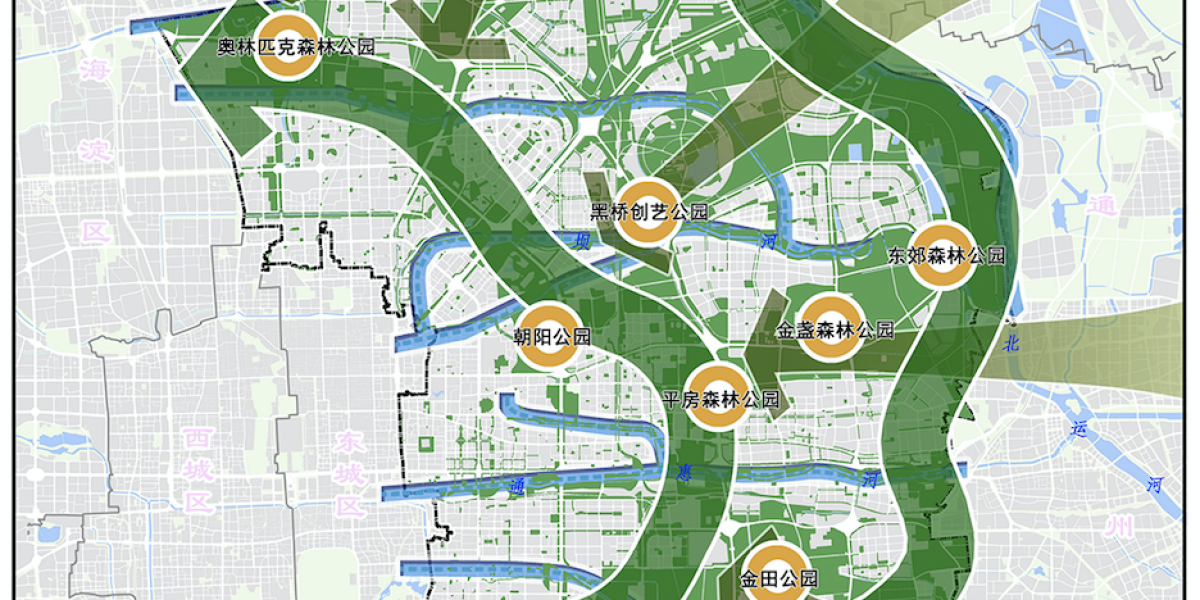PEAK Urban Theory of Change - Influencing policy and practice
Achieving sustainable cities requires a step change in the capacity of urban actors to anticipate and plan for challenges and opportunities of the future. PEAK Urban's vision is that such a step change leads to future policy, practice and investment decisions which enhance the development of 'inclusive, safe, resilient, and sustainable cities. (SDG11).
To contribute towards this outcome, PEAK Urban's Theory of Change commits to share research with external stakeholders and engage with decision makers around the implications of research. Influencing the Chaoyang District Five-Year Plan is just one example across the programme of how PEAK research and engagement has helped strengthen the capacity of cities to deal with the next generation of challenges.
PEAK Urban's research has been strongly reflected in the District Authority's Urban-Rural Integration Five-Year Plan, one of the special (more detailed) plans sitting under the Chaoyang Five-Year Plan Master Plant.
The Plan has been organised under the themes of rural development, rural industry, modernisation (including agriculture), and ensuring social protections and services for rural residents.
After several rounds of communications with the Chaoyang authorities, PEAK's 21 recommended targets were transformed into 17 practical and measurable indicators in the final plan.
"We gathered a great deal of first-hand information about the urban villages and mobile populations in the city through field trips and data acquisition, which helped us understand and develop recommendations to address some of the challenges in Chaoyang. The final Plan builds on this analysis and provides practical, actionable policy recommendations, which have been appreciated by many township chiefs. "
PEAK Urban research team, Peking University
The PEAK Urban programme uses a framework with four inter-related components to guide its work.
- The sciences of Prediction are employed to understand how cities evolve using data from often unconventional sources.
- Emergence captures the essence of the outcome from the confluence of dynamics, peoples, interests and tools that characterise cities, which lead to change.
- Adoption signals to the choices made by states, citizens and companies, given the specificities of their places, their resources and the interplay of urban dynamics, resulting in changing local power and influencing dynamics.
- Finally, the Knowledge component accounts for the way in which knowledge is exchanged or shared and how it shapes the future of the city.

